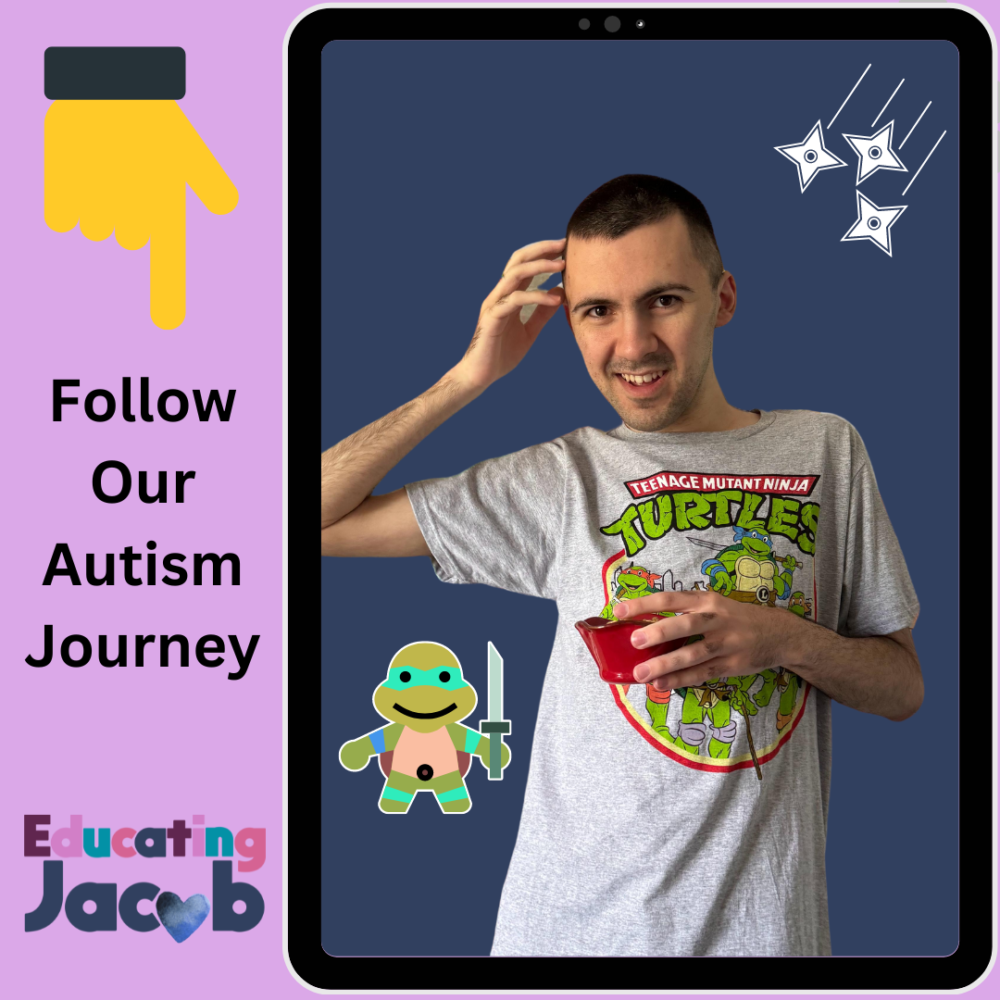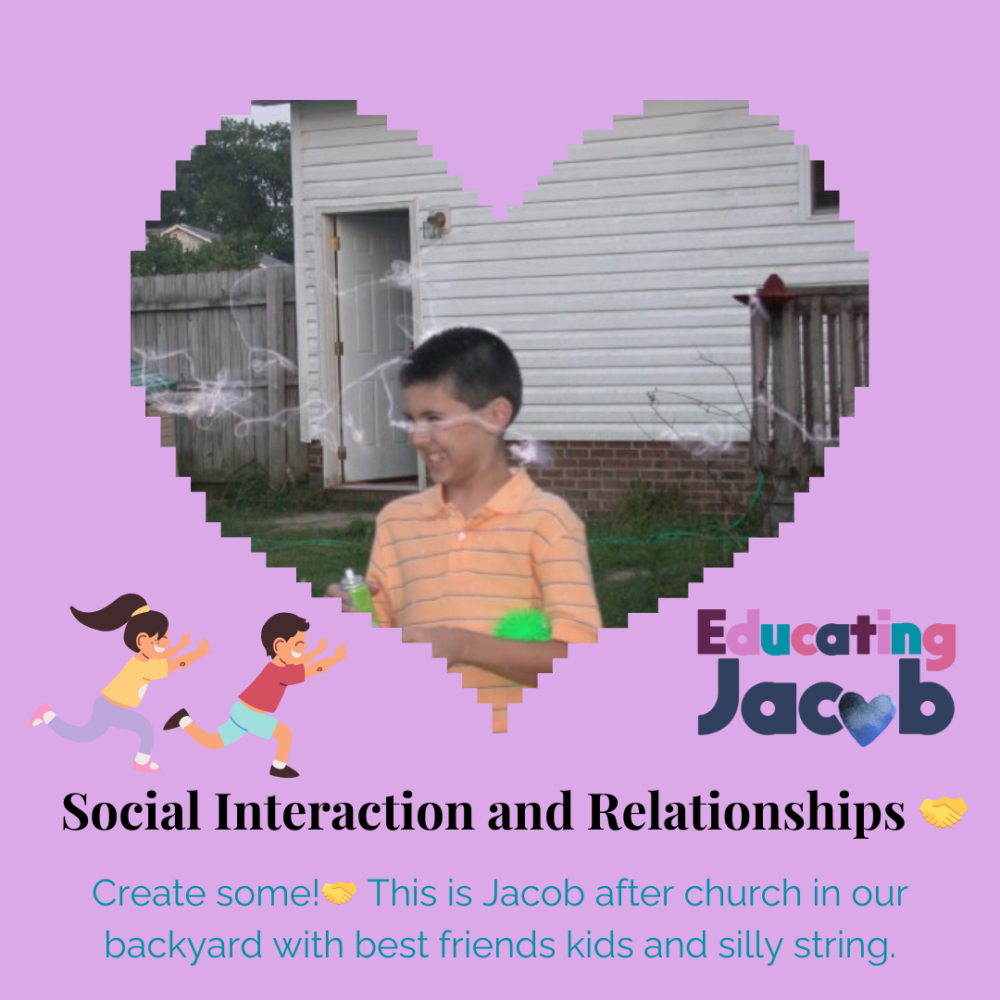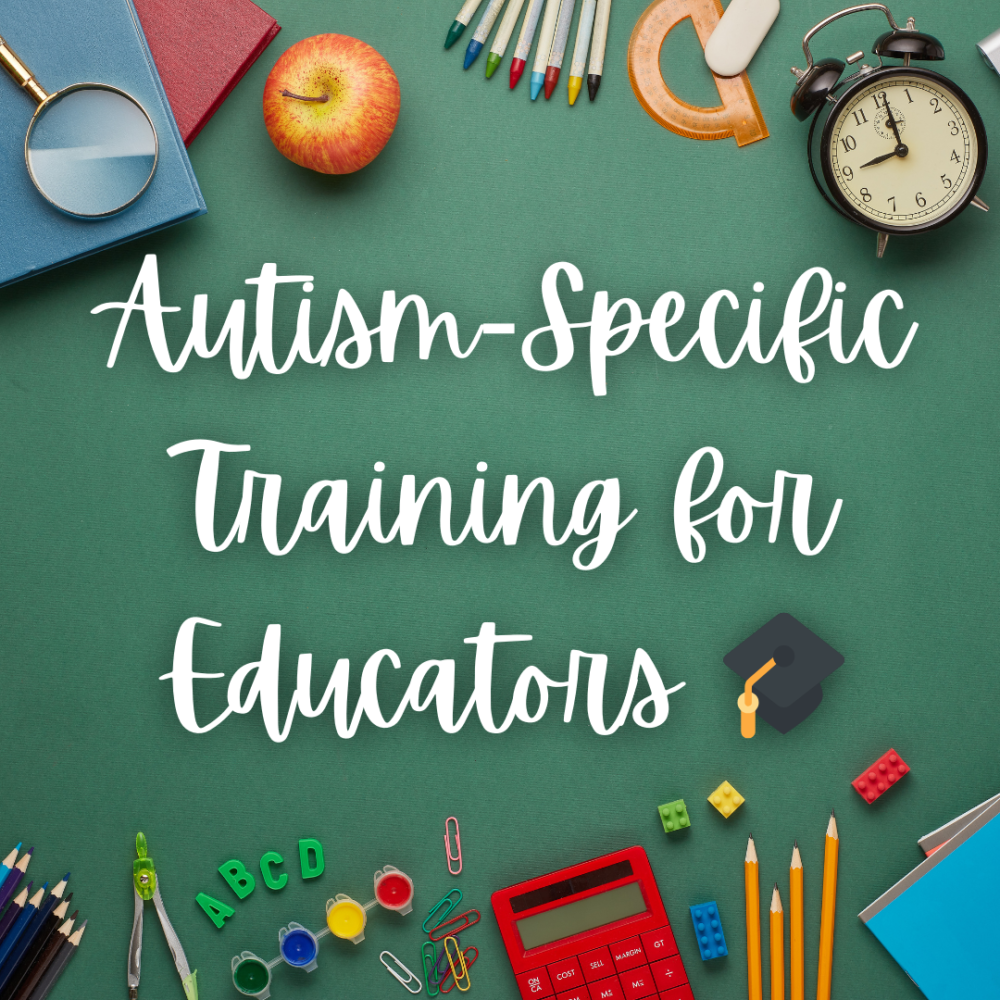4 Things I Wish I Would Have Known After Getting the Autism Diagnosis

Autism Diagnosis Tips for Parents
When I first heard the words “autism diagnosis” for Jacob, my world spun into chaos. I felt like I was fumbling through a fog, unsure of what to do or where to turn. I’m here to share autism diagnosis tips for parents. If you’re reading this, you’re likely on a similar journey, and I want to share four crucial lessons I’ve learned along the way. These strategies have been a beacon of hope and structure for our family, and I hope they can guide you too.
Autism Tips for Parents Visual Schedules
What I Wish I Knew:
Visual schedules are a game-changer for children with autism. This is my big tip for parents getting an autism diagnosis.They provide structure and predictability, helping your child understand what to expect and when.📅
Why It’s Important:
– Reduces Anxiety: Knowing what comes next helps your child feel more secure. For Jacob, having a clear visual schedule transformed his daily experience from chaos to calm. 🧘♂️
– Improves Transition: Visual schedules make it easier for your child to move from one activity to another without meltdowns. Transitions became smoother for Jacob once we implemented this strategy. 🚦
– Encourages Independence: Your child can learn to follow routines independently. Jacob learned to manage his own day, which boosted his confidence and autonomy. 🏆
How to Implement:
– Use images, symbols, or photos to create a daily schedule.
– Keep it simple and consistent, especially at the beginning.
– Gradually introduce more complex tasks as your child becomes comfortable.
Tip: Start with a morning routine and build from there. Consistency is key!
Build a Strong Support Network 👪
What I Wish I Knew:
You’re not in this alone! My next autism diagnosis tip for parents! Building a support network can make a huge difference for you and your child.
Why It’s Important:
– Emotional Support: Connect with other parents who understand your journey. This sense of community can be incredibly comforting. 🤝
– Resource Sharing: Learn from others’ experiences and get advice on therapies and services. Other parents often have insights and tips that can be invaluable. 💡
– Community Connection: Create a sense of belonging for your child and family. Having a support network helps everyone feel less isolated. 🌍
How to Implement:
– Join local and online autism support groups.
– Connect with professionals who specialize in autism.
– Reach out to family and friends for support.
Tip: Don’t hesitate to ask for help when you need it. Support is a powerful tool!
Prioritize Sensory-Friendly Environments 🧩
What I Wish I Knew:
Next, on my list of autism diagnosis tips for parents that battle sensory issues. Children with autism often have unique sensory needs. Creating a sensory-friendly environment can enhance your child’s comfort and ability to learn.
Why It’s Important:
– Enhances Focus: Reduces sensory overload, allowing your child to concentrate better. This was crucial for Jacob, who could become overwhelmed by certain stimuli. 🎯
– Promotes Calmness: A calming environment helps regulate emotions and behavior. A peaceful setting can prevent or de-escalate potential meltdowns. 🌿
– Supports Development: Sensory-friendly spaces can aid in learning and growth. Jacob thrived in an environment tailored to his sensory needs. 🌱
How to Implement:
– Identify your child’s sensory triggers and preferences.
– Adjust lighting, noise, and textures in your home to suit your child’s needs.
– Create a designated calm-down area with sensory tools and toys.
Tip: A simple sensory bin or fidget toy can work wonders for self-regulation!
Learn and Adapt with Your Child 📚
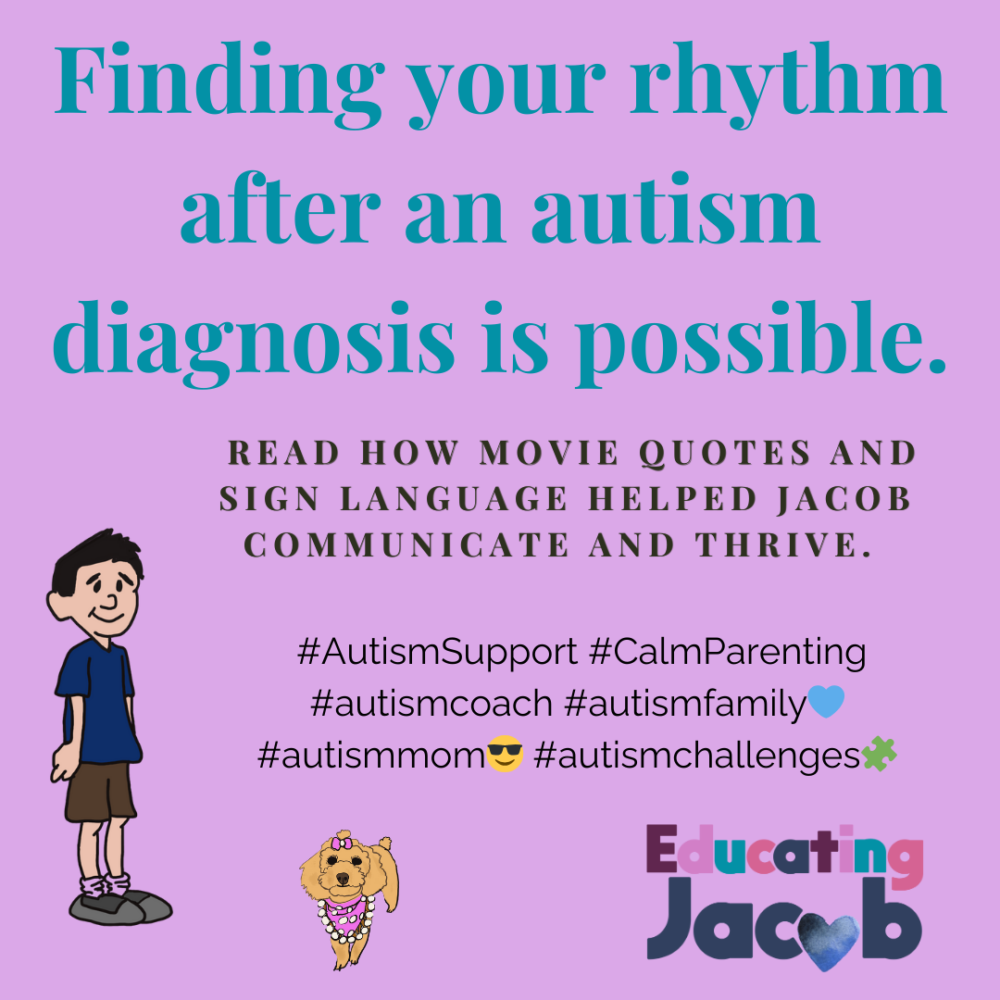
What I Wish I Knew:
Every child with autism is unique, and so is their journey. Be prepared to learn and adapt as you discover what works best for your child. Read 👉🏼Autism Diagnosis: My Home Was in Chaos and I Felt Like a Terrible Mom!
Why It’s Important:
– Individualized Learning: No one-size-fits-all approach exists. Each child’s needs and strengths are different. Jacob taught us that flexibility and adaptation were key. 🔍
– Continuous Growth: Your child will change and grow, and your strategies should evolve too. Stay open to new methods and insights. 🌈
– Parental Empowerment: As you learn alongside your child, you’ll become more empowered and confident in your parenting skills. 💪
How to Implement:
– Stay informed about autism research and therapies.
– Be open to trying new strategies and tools.
– Embrace the journey and celebrate the unique qualities of your child.
Tip: Keep a journal to track your child’s progress and reflect on your own growth as a parent. Celebrate your wins too!
Applying the CALM Framework to Our Journey
When Jacob was diagnosed, we developed our CALM framework to guide us through the challenges:
1. Consistent Action Forward (C)
– Build routines and stick to them. Consistency helps create a stable environment that reduces anxiety.
2. Always Celebrate Wins (A)
– Acknowledge every success, no matter how small. Celebrating milestones fosters a positive atmosphere.
3. Learning to Create Schedules (L)
– Use visual schedules to bring peace and order. They help your child understand their day and reduce stress.
4. Mindset Matters (M)
– Embrace the journey with a positive outlook. Remember, you are your child’s greatest advocate. How does mindset change things when raising a child with autism? 🧩
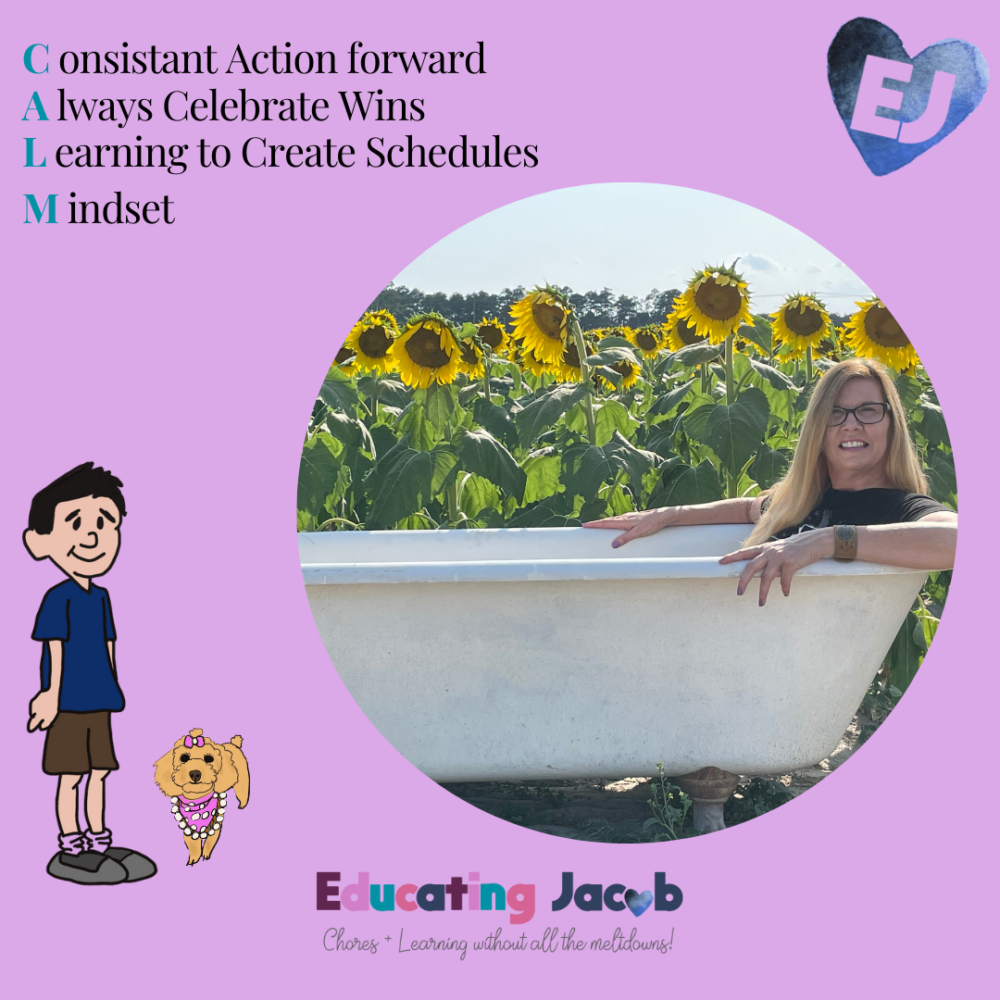
Final Thoughts 🌟
Last, on my list of autism diagnosis tips for parents Raising a child with autism is a journey filled with challenges and triumphs. By applying the CALM framework—Consistent Action, Always Celebrate Wins, Learning to Create Schedules, and Mindset—you can create a nurturing environment where your child can thrive. Remember, you’re not alone in this journey. Together, we can build a brighter future for our children. 💙 Here’s a blog post about an adult diagnosis: https://www.duchessofneverland.com/home/autism-diagnosis
Feel free to share your thoughts and experiences in the comments below. Let’s support each other on this journey! 📢💬 Want more info, download the ebook! https://educatingjacob.myflodesk.com/tfgvkumbkg

